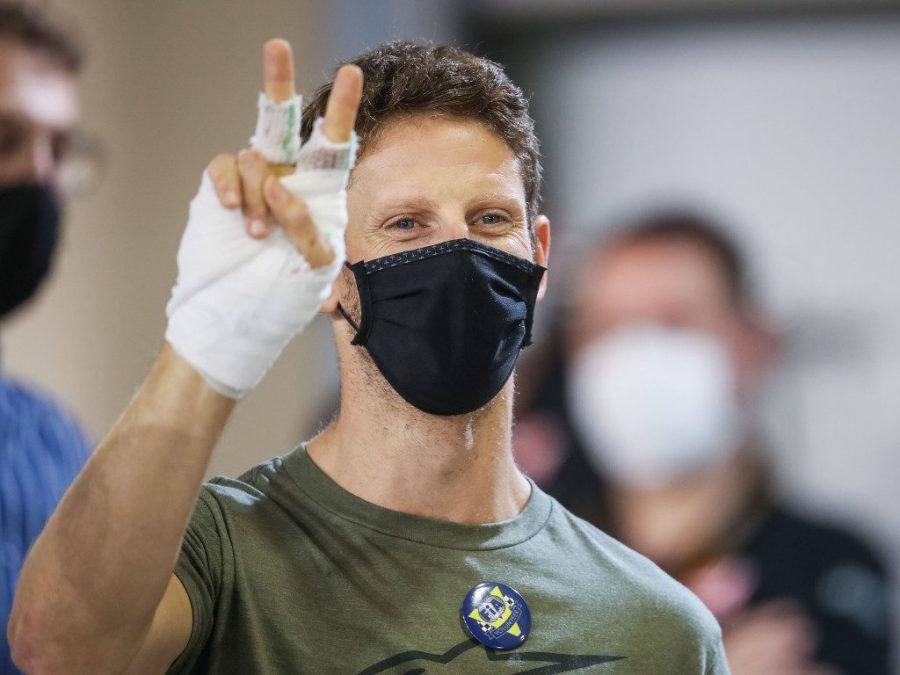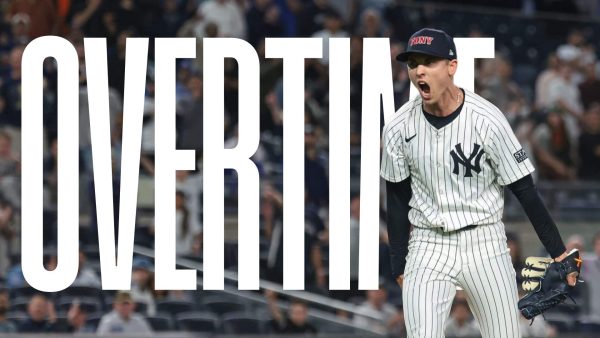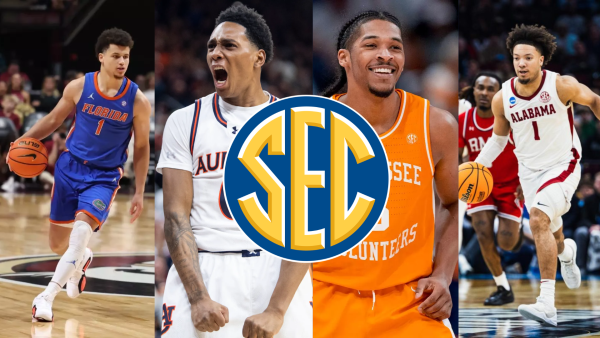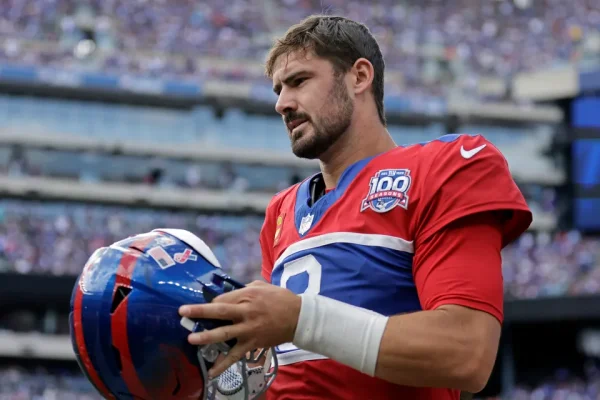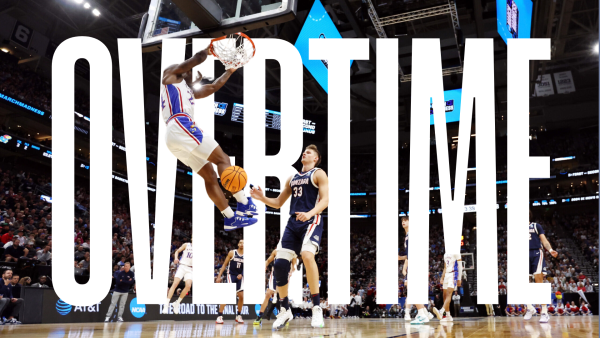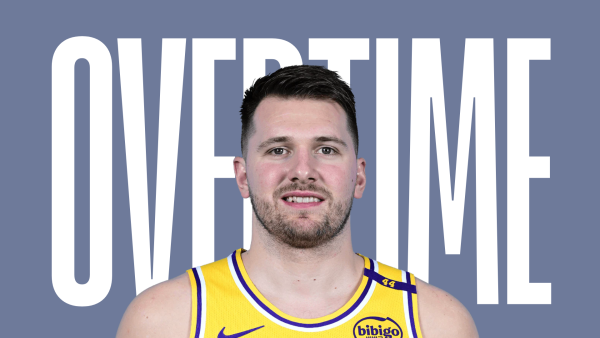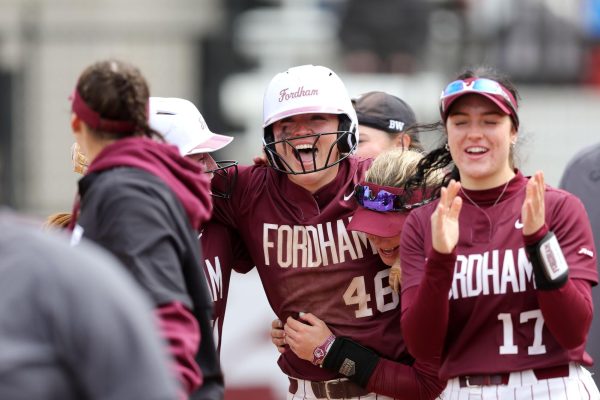Overtime: Overcoming Obstacles
Professional athletes are the best in the world because they train for years, perfecting their craft to enjoy the sport to which they have dedicated so much time. We are used to seeing them on screen, and we expect that every athlete will be safe as they provide us with excitement and entertainment, especially in Formula 1.
As a driver, there is a tremendous risk of injury or worse. But when something does happen, the fans are forced to realize that it is impossible to eliminate risk entirely. Over the past week or so, two drivers who had previously been in serious accidents and faced a long road to recovery jumped back into the cockpit and the world of racing.
In August 2019, every F1 fan was looking toward the Belgium Grand Prix. In the Grand Prix, there are support races that fill up the rest of the weekend. This week there was an F2 race, which is the level below F1. In F2, you have younger racers who are trying to make it to F1, and these races are used to prove themselves worthy of an F1 seat.
On that day, racers’ worst fears became real.
In the opening lap, there was a massive accident that immediately red-flagged the race. This led to the tragic death of one of the drivers, Antoine Hubert, and left another driver, Juan Manuel Correa, seriously injured. Correa had severe injuries on both of his legs. He was put into a medically-induced coma with life support machines when he developed a condition of his lungs being filled. He had lost a part of his tibia, and during his recovery, had to wear a special metal device to ensure that it was growing.
After he was taken out of the coma, he faced multiple surgeries and even the decision to amputate a part of his leg, which he eventually did not proceed with. Over the past year and a half, he has been slowly recuperating, being able to stand and eventually walk. Now he is returning to racing in F3 with ART Grand Prix in the upcoming 2021 season.
Another horrific crash that recently occurred involved Romain Grosjean. In the first lap at last season’s Bahrain Grand Prix, Grosjean was involved in a massive accident that saw his car go up in flames. The car impacted the barrier at 53Gs and broke into two pieces, with one part getting embedded in the metal barrier. Grosjean was engulfed in flames for around 30 seconds until he climbed out of the cockpit and into the medical car that quickly arrived. Fortunately, he was conscious during the entire incident because if not, he may not have been able to get out of the crash alive.
He was immediately taken to the hospital for an examination. Luckily, he only sustained burns on his hands and ankles with some ligament damage. Grosjean subsequently did not race in the last two races of the season and was not signed for another season in F1.
In an interview after his crash, Grosjean admitted that at one point in the accident, he made peace with himself, accepting that he was going to die in the fiery wreckage. After weeks of recovering, Grosjean announced that he is now going to race in the 2021 IndyCar season.
Both of these incidents have shown the determination of Juan Manual Correa and Romain Grosjean. Both men have been in near-death scenarios that would leave anyone scarred physically and psychologically, but they persisted. They did not let their injuries stop them. They pushed through the pain to achieve their goal of being able to compete in a racecar.
These drivers can serve as an inspiration to all. If they can survive a near-death accident and have the courage to return to racing, as long as you put your mind to it, you can achieve your goals.
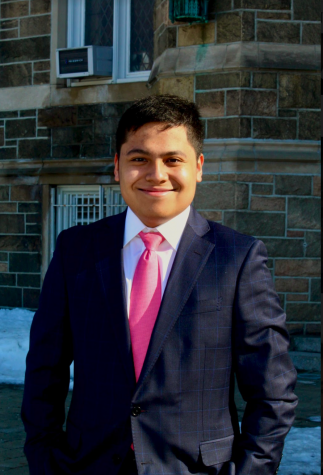
Michael Hernandez is a sophomore at Fordham’s Gabelli School of Business, majoring in marketing with a concentration in sports business. He started on...



































































































































































































